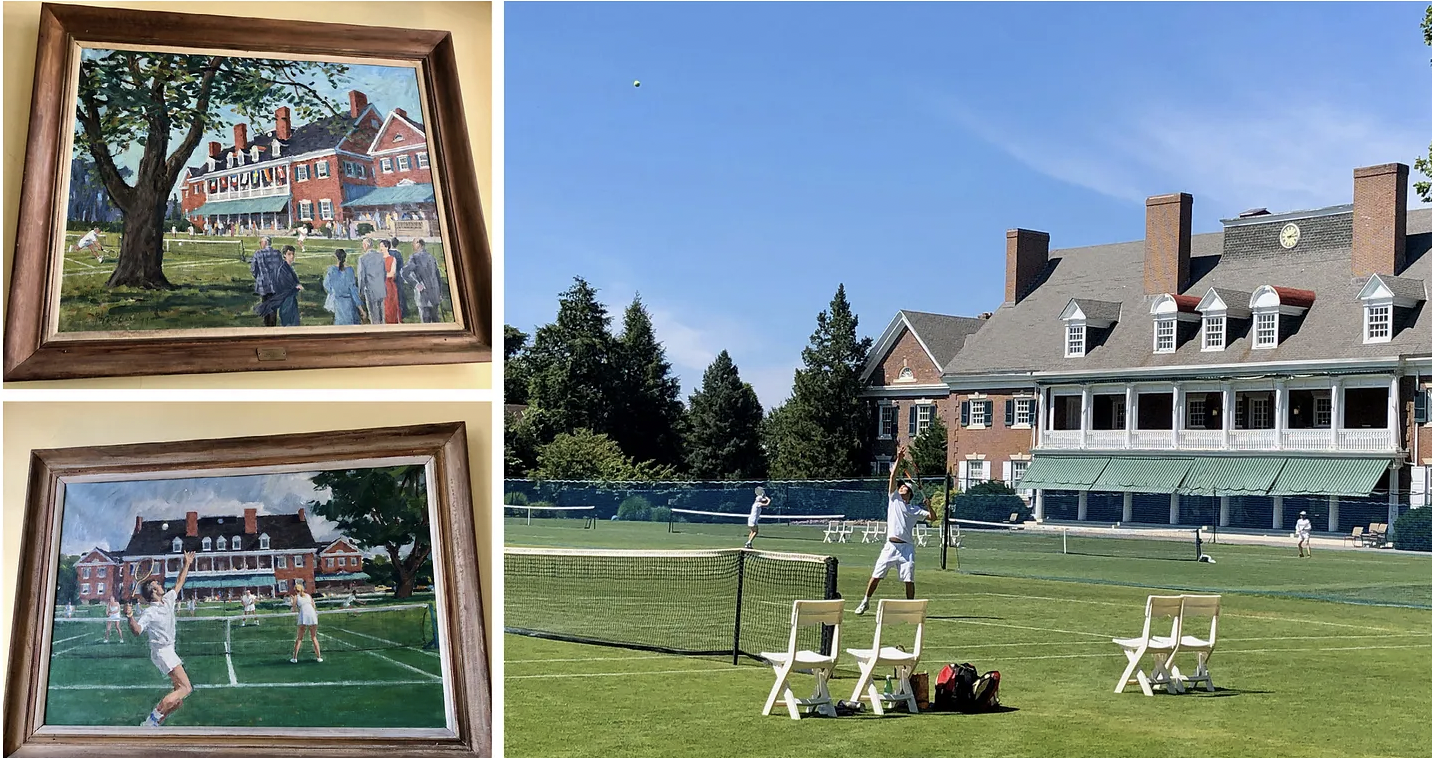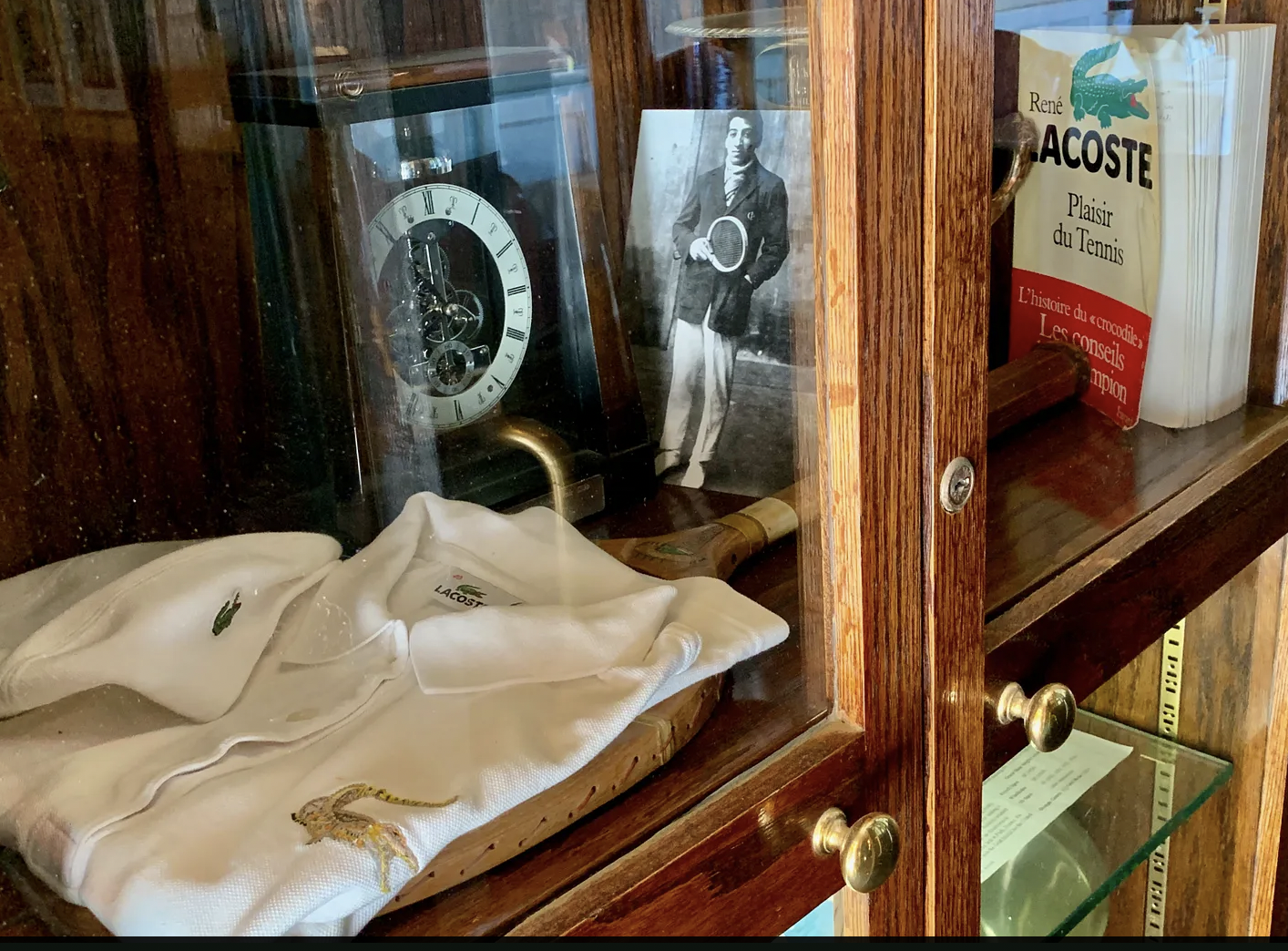When Forest Hills Almost Lost the U.S. Open
But per the usual, the West Side Tennis Club saved the day

Over the weekend, the U.S. Open qualifiers were crowned, Forest Hills kept tennis tourists busy with celebrity cameos and clinics on the fresh grass (with each participant dressed in all-white attire, of course) and the last Slam of the season finally kicked off.
And while grass may be the West Side’s signature surface, for years the U.S. Open there was played on clay. But way before the U.S. Open, some crafty New Yorkers had to take the U.S. National Championships from Newport, R.I., set it up in Queens and prevent it from going to Philadelphia — permanently.
And while grass may be the West Side’s signature surface, for years the U.S. Open there was played on clay. But way before the U.S. Open, some crafty New Yorkers had to take the U.S. National Championships from Newport, R.I., set it up in Queens and prevent it from going to Philadelphia — permanently.
How did they manage this? By relocating the West Side Tennis Club in Queens, then building a grand stadium.
The West Side Tennis Club did actually start on the West Side — of Manhattan’s Central Park, that is, in 1892, when 13 tennis players rented land for three clay courts and a clubhouse. In 1902, they moved the club to the Upper West Side and expanded it to eight courts, only to have to relocate again to 238th and Broadway (the Kingsbridge Section of the Bronx), six years later. After hosting the Davis Cup in 1911 and drawing thousands of fans, the club realized it still needed more room and in 1912 bought land in Forest Hills, a planned community based on English “Garden Cities”, and put up the Tudor-style clubhouse.
Following the construction of the new facility and the vociferous exchanges led by Karl Behr, a tennis champ and Titanic survivor, and Lyle Mahan, a Columbia University stand-out, who argued that tennis had outgrown the “dwaddling methods” of the Newport Casino — or that traveling there inconvenienced most New York players — 58 of them signed a letter to the United States Lawn Tennis Association (the forerunner to the USTA) demanding the U.S. Open be moved to New York. “It is asserted that tennis is no longer the pastime of a few but has grown to be a national heritage, and as such, it is contended that it is the duty of all interested in the sport to expand, rather than retard the sport,” the New York Times wrote about the debate at the USLTA’s annual meeting at the Waldorf Astoria.



It worked, and West Side hosted the U.S. Nationals on grass — up until 1920, anyway, when the Germantown Cricket Club in Manheim, Pennsylvania claimed them. With a Beaux Arts clubhouse designed by famed architects McKim, Mead & White — also known for the Brooklyn Museum, the original Penn Station and the Columbia University UWS campus — and swayed by hometown boys Bill Tilden and Victor Seixas Jr., the Nationals remained just outside Centre City for two years.
It was a battle of the architects until 1923, when Germantown eventually ceded the championships to the West Side after the club built Forest Hills Stadium, a 14,000-seat, horseshoe-shaped arena between April and August 1923. Designed by West Side member Kenneth MacKenzie Murchison, the building became a paean to the Beaux Arts, not the superstructures in Paris, Rio, and London for which Murchison’s firm was known.
Forest Hills Stadium became the first tennis stadium built in the U.S. The Times approved. “….the proposal to erect the stands that are expected to represent toward American tennis what the Wimbledon stadium does to the game in England.” The U.S. National Championships returned to New York.
The West Side had a number of “firsts” despite its stuffy reputation. It was the first club to host a professional Black tennis player when it allowed Althea Gibson to play the U.S. National Women’s Championships in 1950. It was the first place to host a Grand Slam in the Open Era in 1968. And it was the first court to host a tournament in which a transgender player competed, when Renee Richards played the U.S. Open in 1977.
